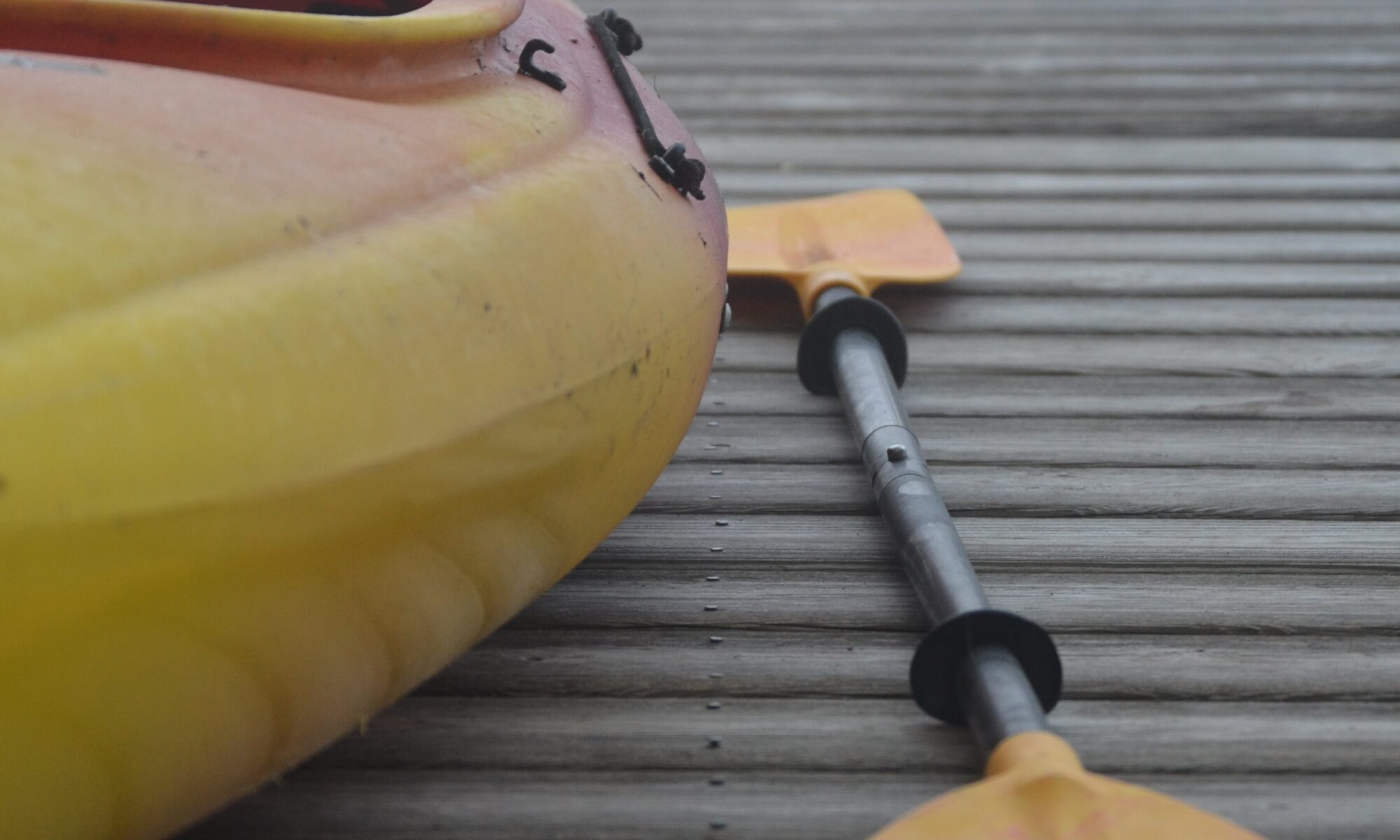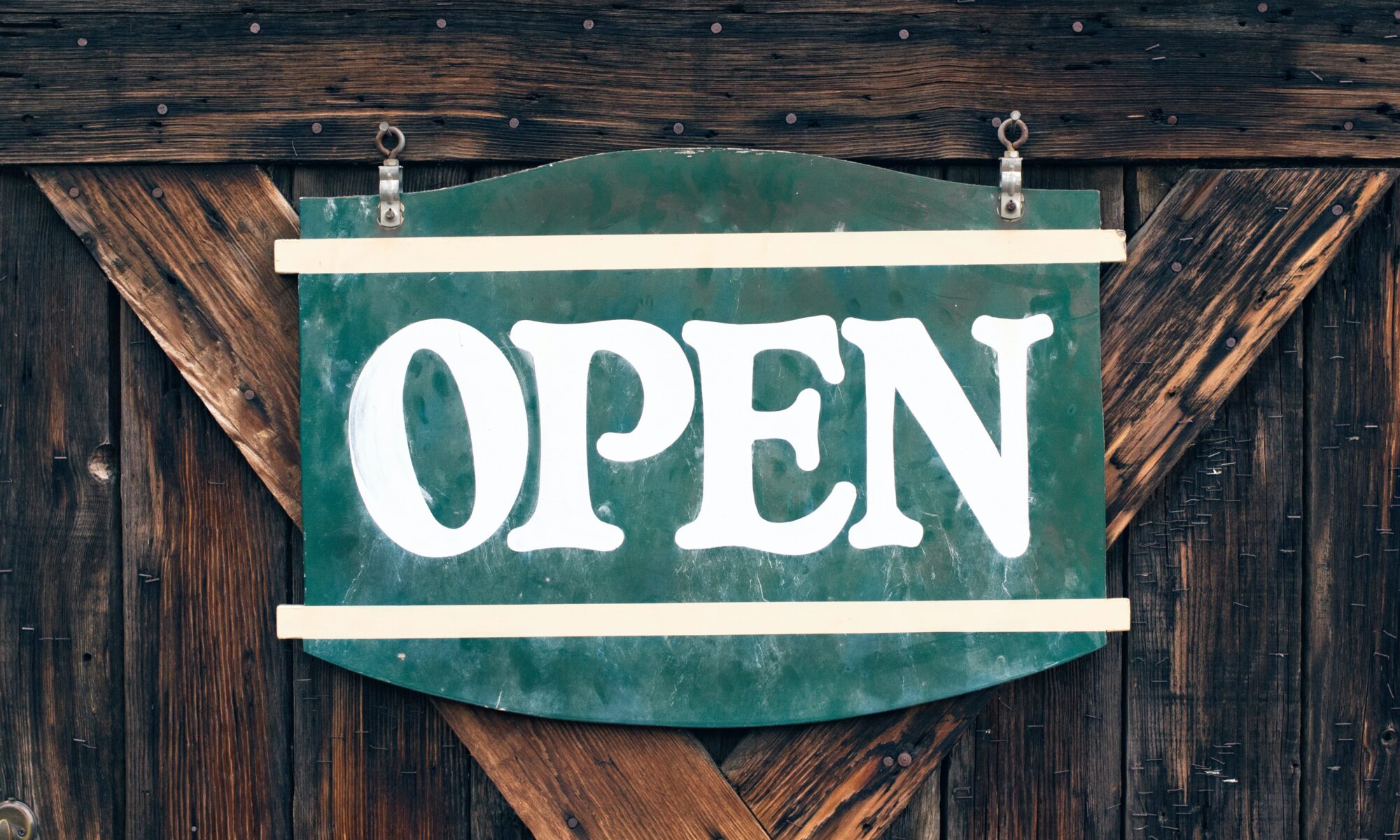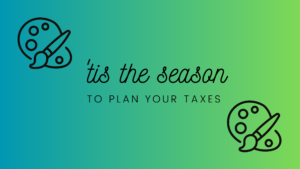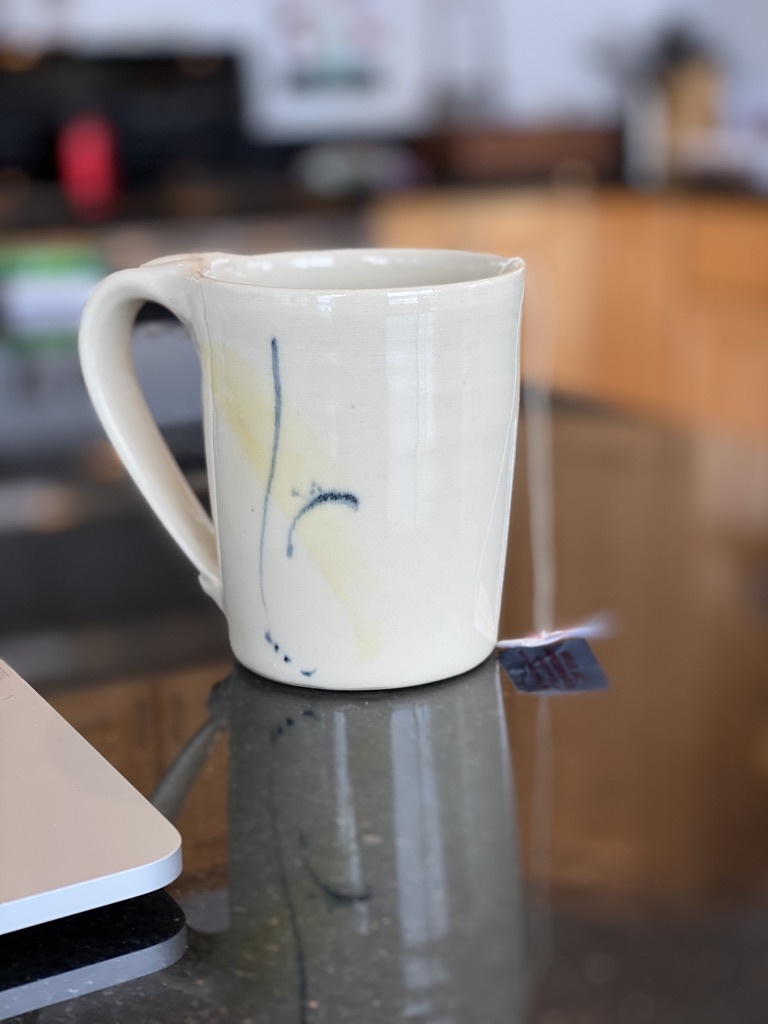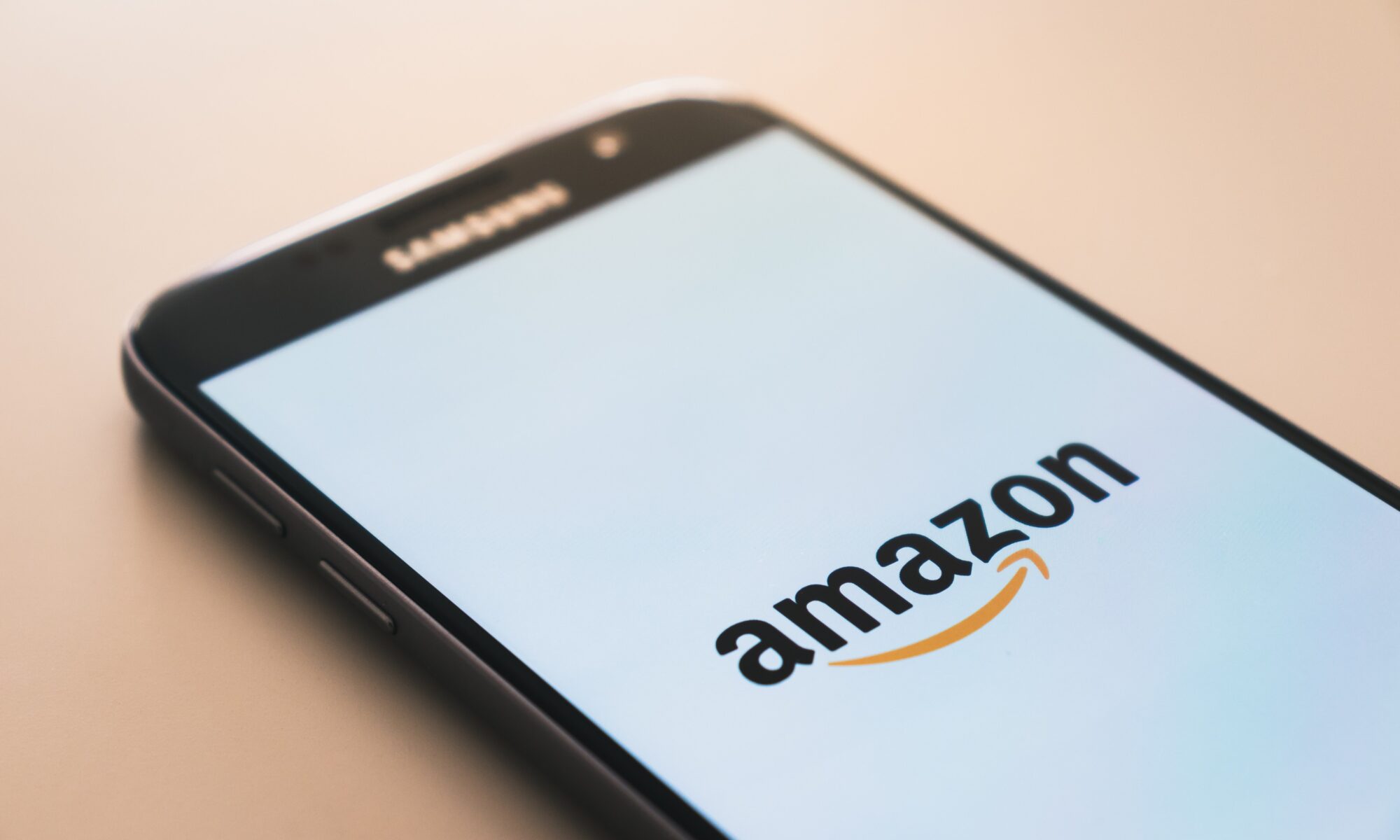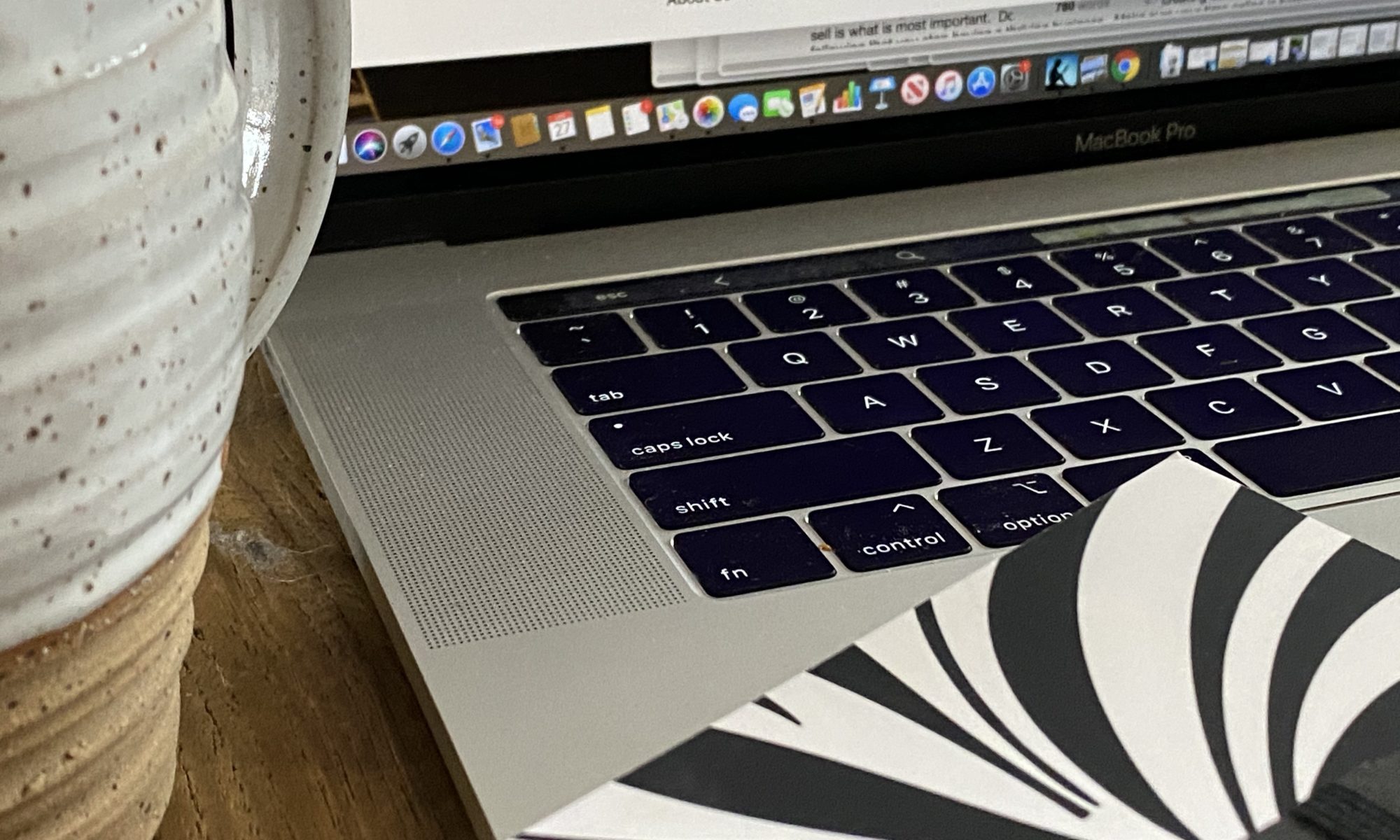Getting started on Shopify is a bit more complicated than setting up an Etsy shop, but many of the steps are the same. They all involve choosing a name and or URL for your shop and listing your items to sell.
Getting started with Shopify is more involved because you are creating your website and not only a store on another platform.
We will break down some of the necessary steps you will need to take to get started. But just like Etsy and Amazon, there is always more than just the basics.
A little bit about Shopify before we get into how to set up your storefront. Shopify currently powers over 1,000,000 businesses. Over $61 billion in sales in 2019 have been made using their platform. This is a large platform with good support surrounding it.
But as we mentioned it is more complicated than setting up an Etsy shop. Shopify gives you a platform and lots of themes you can use to get going. But it is more complicated to get up and running than other platforms. Not harder, just more involved.
But we are dealing with the basics so you can get your shop up and running. You need to be able to sell online. You need a place customers can buy from you when you aren’t selling at live events.
Here are the steps you will need to follow for getting started on Shopify.
Step one – Start!
When you log into shopify.com, you will have an opportunity to chose what type of plan you would like to use. We suggest using the 14-day free trial to get yourself started. You will be able to upgrade your plan once you have it up and running.
Or conversely, you may get started with this and decide this is more work than you want to invest in right now. In which case, close the shop, and you are not out any money, just your time. The plans currently run $29, $79, and $299 per month. Again, go with the trial plan for right now.
When you chose your plan, you will be required to select a store name. If you do not choose to buy a custom domain name, this will be your URL for the store. So, chose wisely. If you already have a name, check to see if this is available.
Your URL will then be yourstorename.myshopify.com. (or the URL you chose from the custom options.) They have a name generator, so see if your ideal name is available. If it isn’t, the auto generator will come up with some which are similar.
But before you take something with a similar name, take a peek at the shops with the name you wanted. Are they similar enough to what you do that you may lose business to someone else because of the store name?
Step two – Start adding your products to the store.
List your products
Like other platforms, you will add pictures, product names, and descriptions when you upload items. If you already have these saved in a file, this will speed up the time needed to complete this step. You can always change, delete, or add additional products to your store.
And like other platforms, the SEO (search engine optimization )of your written descriptions will determine your ranking with Google, Bing, and other search engines.
If you are changing platforms and have this written out in a form you like, copy and paste. Which is a good idea anyway. You should have your pictures and product descriptions in your own folders. Having this information written down someplace other than your website will make your life easier. You can then copy and paste this information into social media posts or have it available if you choose to switch platforms in the future.
Again, this can be changed to optimize search later. Get your products uploaded!
Pictures
I will continue to beat a dead horse here; use the highest quality pictures you can. If your images aren’t straight, clear, and focused, you may lose sales.
With each product, you will need to add in the items’ pricing and inventory on hand. Shopify will keep track of the stock you have sold on their site, and when it is sold, it will show the product in your shop as sold out.
Shipping
There is an opportunity here to set up your shipping. This is related to weight. Shopify will request you choose how you ship later in the process. I would read more on their site to see what works best for you. There are some price advantages to using their shipping, but do what works for your business.
Variations of Products
You can set variants of the same item, so you can select sizes and colors if you sell t-shirts for example.
In this step, you can also set up what this will look like on google. Important, as you can set up products directly in google products if this interests you. But you can always come back to this area to optimize this.
We do not want to get too caught up in the weeds here; get your products listed and ready to sell. There will always be more to do, but for now, get things listed.
Step three – add other pages.
So, yes, your product page is the most crucial. On Shopify, this is also your home page. But there are a few other pages you will want to have included.
About You page – a picture of you and information about what you do and who you are. This is a place to tell about how long you have been creating your art, your processes, and anything else you think may help someone decide to purchase from you.
Your Contact page – Shopify makes this simple with a template, so click a template and format it to look like your branding. This shouldn’t take you more than 10 minutes to complete, but it is essential. It gives your customers a chance to ask questions of you before they spend their money.
FAQ – If you can think of things customers may want to ask, you may want to have this written out for them. It will save you from needing to answer the same questions multiple times. Information regarding shipping and returns could be answered here.
Step four – setting up how your store will look
This involves choosing a theme, store banner, menus, colors, and typography.
Themes can be free, you can buy one, or you can pay someone to set one up for you.
For today, look at the free ones and see if they work for you. You can always change a theme, pay someone to make some changes to the way yours is set up, or ultimately have yours redone.
Choose your store banner.
This will be what displays on the top of your store. Use a product, logo, or anything else which gives a good first impression of your store. (Make sure this is a high-quality photo.)
You can customize the colors on any theme. If you know CSS, you can change colors using the colors. If you don’t, here is a way to find some of the color names.
Change the fonts to ones that fit your brand.
Be careful with the fonts, a rule of thumb is to not use more than two on a page. Make sure they are readable as well. A flowing font may look nice, but it isn’t helpful if people can’t read it.
Step four involves a lot of the imaging of your site. You could spend days or weeks playing with this. Don’t. Get it to where you like it a lot and move forward. You are trying to launch right now, not win awards with the beauty of your website.
Yes, it should look nice. You are an artist, and your website should reflect this, but your job today is getting your art out so people can buy it. Play with this, but don’t play for too long. Get it “good enough” to launch, and then come back at some time to play around more with it.
Step five – shipping
Yes, we already set up the weights and costs for shipping; now, we choose the shipping vendor. We won’t discuss who to pick; Shopify has pages about this for you to learn more. Just know, this is the next step.
Step six – taxes
Depending on what you sell and where you are selling it, you will be responsible for collecting and paying sales tax. (Shopify does not pay your sales tax for you.) If you are already selling, you are aware of this requirement. (We won’t advise on this; contact a local accountant to get advice on what your liability is.)
You will always have a sales tax liability in a state where you physically are. This would be your home state and any other state where you sell at a fair. Beyond this, other things come into play, depending on the number of transactions and the total revenue.
Sales taxes are complicated; get professional advice. But for now, at least make sure you have set up your home state.
Set seven – setup your merchant provider
As we mentioned before, Shopify has its own way of collecting payments. It will also let you use your own merchant provider. There are different fees for each, I would look here for the latest fees. There is a lot involved in the costs, so look here and decide which works best for you.
Step eight – launch!
Once you have everything the way you want it, make sure you set your shop to the public so people can find you and choose which kind of monthly payment you think works for you. Shopify provides you with 14 days for free, which should give you more than enough time to get your shop setup, but you need to choose what will happen after the 14 days.
You can always change your mind on your plan. You may want to go with the cheapest plan to begin and see how this goes.
Now, for the fees.
Unlike Etsy or Amazon, this is your own space, and you need to pay a monthly fee to have a shop. The monthly costs are $29, $79, and $299 per month. Each has different accesses and advantages. If you are just starting out, the lowest priced fan maybe your best option. You can see all of the differences in plans here.
If you decide while setting your store up that this won’t work for you, you can always cancel and close it down before finishing the setup.
As stated, Shopify has a monthly fee, which is not something Amazon Handmade or Etsy currently charges you. Which means if you don’t sell anything for a few months, you are still paying to have your store open. This also happens with any other sort of website you will build on your own. Just something you should think about when you are decided between platforms.
Why pay the fee?
Although paying this fee may bother you, it does come with some advantages Etsy and Amazon do not have. The customers who come to your site, they are your customers! You can collect emails, send them your newsletter, and send out sales information directly to them.
This is not something either Etsy or Amazon allows. On both of these platforms, the customers belong to them.
Of course, what Etsy and Amazon bring to the table are millions of customers looking for something you may be selling. On your own website, you need to drive the customers to your site. There are advantages of each platform and you will need to decide what is most important to you as you decide where to sell.
Of course, today’s post was just to help you get started selling on Shopify. Once your shop is up and running, lets get back to the SEO so we can drive more customers to your shop.


